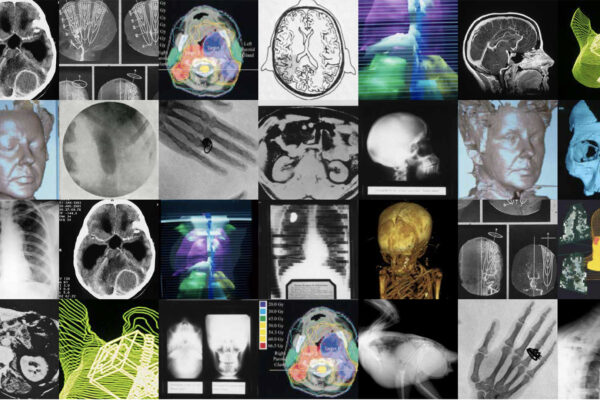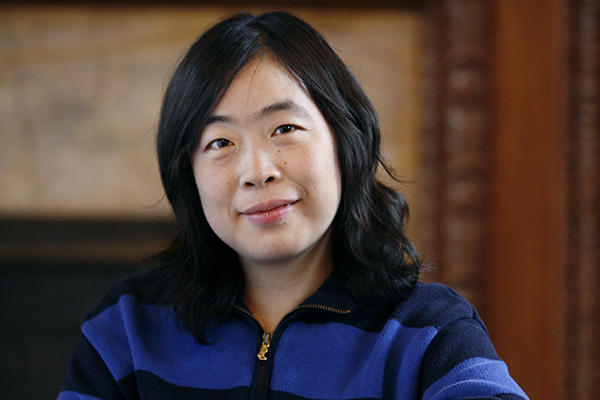Researchers working with Lan Yang, the Edwin H. & Florence G. Skinner Professor at the McKelvey School of Engineering at Washington University in St. Louis, have developed a scanning whispering-gallery-mode (WGM) microprobe. This novel device represents a shift in the world of microsensors, offering a remarkable solution to the sensitivity-detection area trade-off conundrum. The findings were published Oct. 5 in Light: Science & Applications.
“Akin to placing a contact lens on a tested sample, the WGM microprobe not only focuses light into a smaller spatial spot but also ‘converges’ it in the time domain, trapping light in a microsphere smaller than the diameter of a single strand of hair,” said Wenbo Mao, first author on the paper and a graduate student in Yang’s lab. “This enables light to interact with target molecules thousands of times, greatly boosting the signal.”
Read more on the McKelvey School of Engineering website.


